1. Ultra-Durable Materials
Offshore rigs are built to survive the worldʼs harshest environments. High-strength steel, titanium, and nickel alloys are all used to form the backbone of these platforms. Additionally, they are then layered several centimeters thick. Conventional saws, torches, and cutting equipment arenʼt designed to handle such extreme materials and thick construction.

2. Complex Multi-Layer Structures Building off the last point, you're not just cutting metal. Rigs are reinforced with multiple protective layers — including rust-proof coatings, fireproofing systems, and concrete reinforcements. Add to that massive beams, densely packed pipelines, and overlapping systems, and you've got a demolition puzzle. These multi-layer structures require the right cutting solutions to safely and effectively cut and demolish.
3. Harsh Environmental Conditions Performing precision cuts in humid, windy offshore conditions is not only difficult — it's hazardous. Access is often limited to one side of the structure, and changing sea currents can destabilize equipment and personnel. Our team has recently visited numerous offshore facilities worldwide, including those located in the Indian Ocean. We understand, firsthand, the elements required to ensure our Thermic Lance Pipe and Burning Bars effectively provide results.



To tackle these challenges, demolition tools need:
Durability - Resistant to saltwater, pressure, and extreme weather
Performance - Able to cut reinforced steel and concrete with ease
Precision - Reducing environmental impact and enhancing worker safety
Flexibility - Functional in tight, complex spaces or at ocean depths
Why Thermic Lance Is the Ultimate Offshore Cutting Solution
Our Thermic Lance Pipes (also known as “Burning Barsˮ) reach temperatures of up to 4,000°C, slicing through thick steel, corroded beams, and concrete with no need for surface preparation.
Key Advantages:
Cut From a Safe Distance
Operators can stand on a vessel or platform — no scaffolding required. Ideal for confined, offshore environments.
Pierce Through Anything
Whether itʼs rusted pipes, reinforced concrete, or high-tensile alloys, Daiwa cuts through with ease.
No Bulky Equipment
Lightweight and portable, with no need for heavy oxy-fuel or plasma systems. Perfect for remote job sites.
Minimal Training Required
Simple to operate. Ideal for urgent offshore projects where time and safety are critical.

1. Ultra-Durable Materials Offshore rigs are built to survive the worldʼs harshest environments. High-strength steel, titanium, and nickel alloys are all used to form the backbone of these platforms. Additionally, they are then layered several centimeters thick. Conventional saws, torches, and cutting equipment arenʼt designed to handle such extreme materials and thick construction.
2. Complex Multi-Layer Structures Building off the last point, you're not just cutting metal. Rigs are reinforced with multiple protective layers — including rust-proof coatings, fireproofing systems, and concrete reinforcements. Add to that massive beams, densely packed pipelines, and overlapping systems, and you've got a demolition puzzle. These multi-layer structures require the right cutting solutions to safely and effectively cut and demolish.
3. Harsh Environmental Conditions Performing precision cuts in humid, windy offshore conditions is not only difficult — it's hazardous. Access is often limited to one side of the structure, and changing sea currents can destabilize equipment and personnel. Our team has recently visited numerous offshore facilities worldwide, including those located in the Indian Ocean. We understand, firsthand, the elements required to ensure our Thermic Lance Pipe and Burning Bars effectively provide results.
Offshore rig demolition isnʼt just about strength; itʼs about precision, safety, and adaptability. With the Thermic Lance, operators can work faster, smarter, and safer — even in the most challenging marine environments.





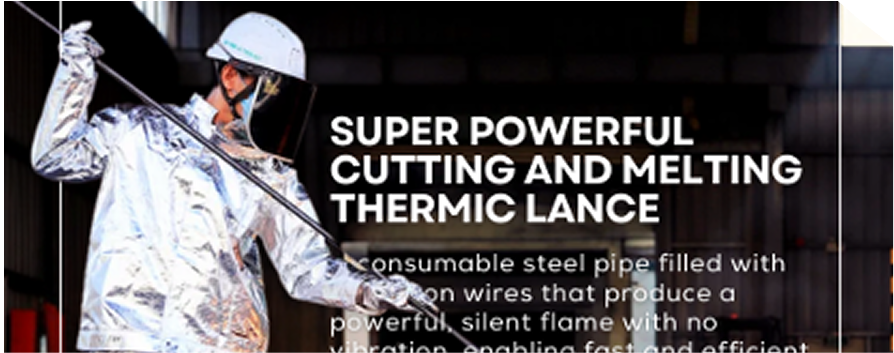

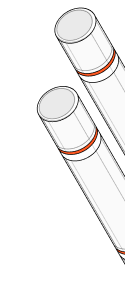

.svg)
.svg)
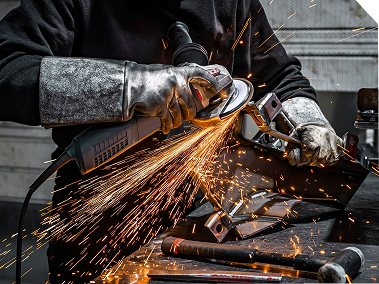
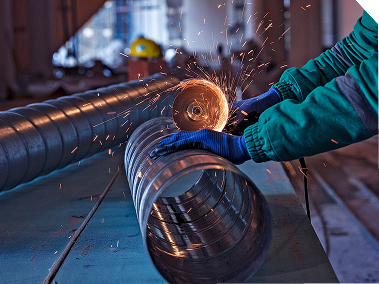
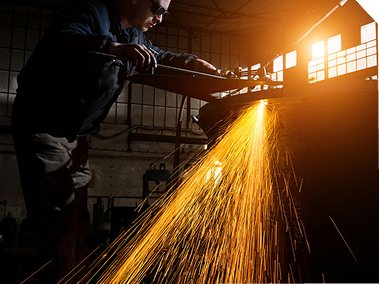
.svg)
.svg)

